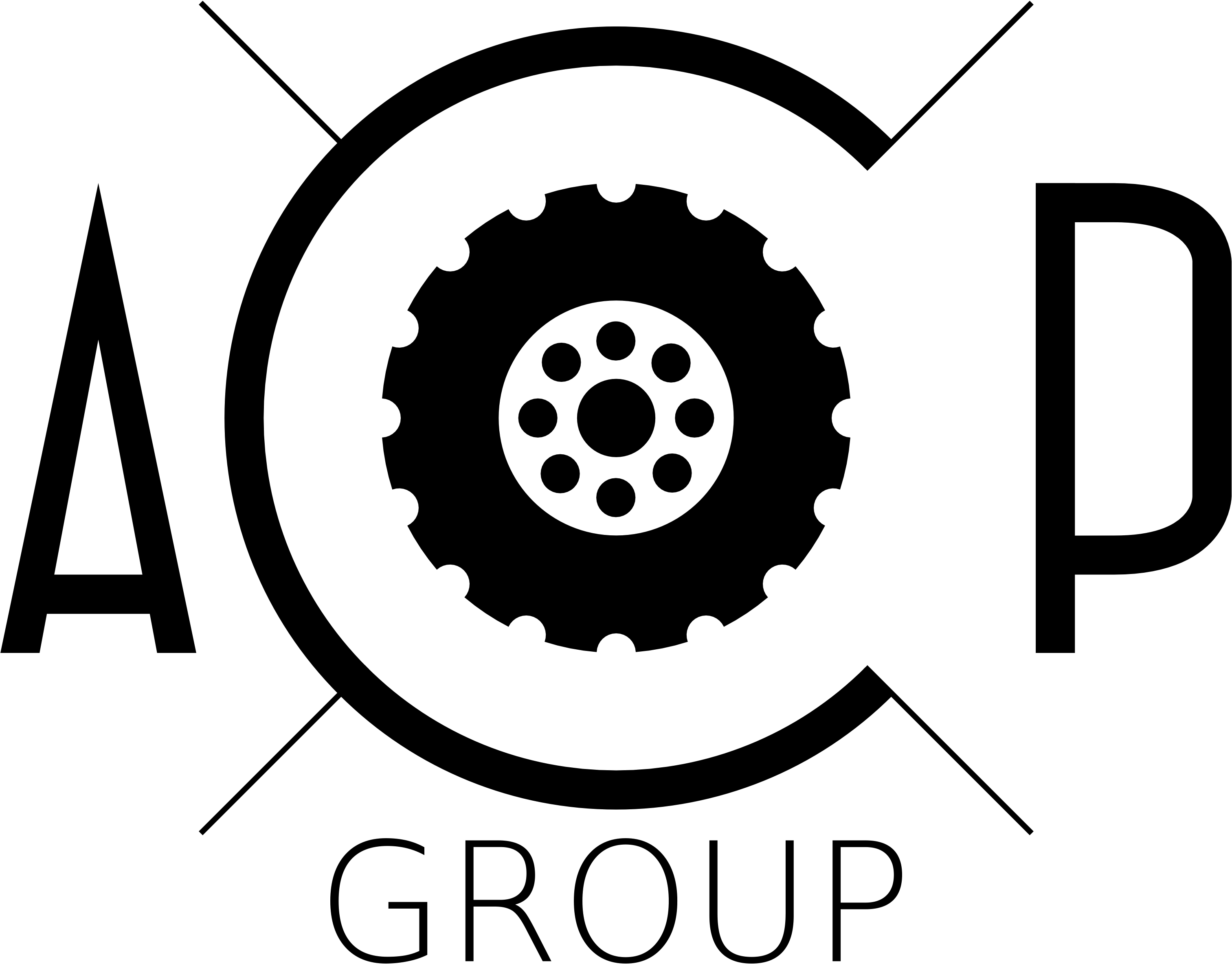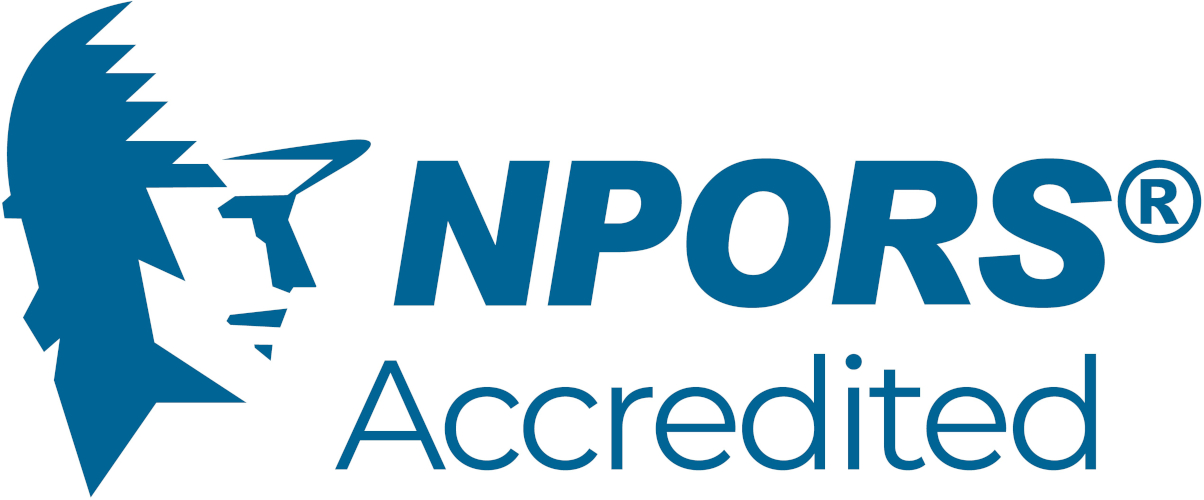Here are the theory test questions for A17 Telescopic Handler.
During the theory test you'll be asked a maximum of 40 questions.
Please note that your paper will include all the questions we have marked here with an asterisk *. In addition you will have a random selection of the other questions that are not marked here with an asterisk.
These questions will appear on every A17 paper
As a lifting machine, the tele-handler must be thoroughly examined.
a) What is the purpose of the examination and
b) who would carry out the examination? (2 marks)*
If the load centre of the load is longer (increased) than stipulated for the model of tele-handler, what effect does it have on the lifting capacity of the machine? (3 marks)*
a) What is meant by the load centre and
b) why must it be known for each lift? (2 marks)*
When placing onto or lifting a load from a loading out tower:
a) why must the tele-handler’s handbrake be on and the transmission in neutral and
b) what would the consequences be if this was not done? (4 marks)*
Name TWO factors that determine the weight of a load. (2 marks)*
If a load is being lifted whilst the telehandler is on a slope and facing downhill, what effect could this have on the machine? (1 marks)*
State FOUR checks that should be made to the forks. (4 marks)*
On stabiliser-equipped machines, what must be checked before the stabilisers are lowered? (2 marks)*
Before loading an uncoupled trailer, what THREE precautions must be taken? (3 marks)*
Name SIX possible proximity hazards that may be encountered on site when travelling with a load. (6 marks)*
What are the THREE actions or stages that a tele-handler operator undertakes during pre-use inspections? (3 marks)*
When working in a confined area or space, name THREE dangers that can be present. (3 marks)*
What is the main purpose of the Rated Capacity Indicator (RCI) or Load Moment Indicator (LMI)? (2 marks)*
Which part of the forklift is the load centre usually measured from? (1 marks)*
Using the lifting capacity diagram for A17:
a) what is the maximum lifting capacity at maximum height,
b) what is the lifting capacity with the boom angle at 45 degrees and a boom extension of 2.5 metres and
c) what is the farthest distance (measured from the front tyres) available to place a 1.3 tonnes load at a height of 4 metres? (M marks)*
A random selection of these questions will appear on each A17 paper
Name FOUR ways that wet weather can affect tele-handler operations. (4 marks)
If setting up to lift and move loads in a pedestrianised area, state THREE factors that need to be taken into account. (3 marks)
What problems and hazards can soft ground cause to a loaded forklift? (1 marks)
Before leaving the cab for a rest break, after parking and switching off the machine, what final action must be carried out? (2 marks)
Explain ALL visual checks that must be carried out on all types of quick-hitch attaching systems before use. (4 marks)
What would be the effect on the telehandler if a tyre on the front axle is larger or smaller in size than the other tyre on the same axle, or where one tyre has less pressure than the other? (4 marks)
How is it possible that forklifts can still tip over, even when travelling on gentle gradients, are not overloaded and not being driven at excessive speed? (3 marks)
What is the purpose of counterweight(s) on the machine? (1 marks)
If placing a variety of loads onto a rigid, flatbed transporter, where should the heaviest loads be placed? (2 marks)
Give FOUR reasons that may cause the tele-handler to tip over sideways. (4 marks)
Name THREE conditions that mirrors on the machine must be in. (3 marks)
What would happen if the steering mode of ‘crab steer’ is selected and the steering wheel rotated clockwise whilst travelling? (1 marks)
a) Name THREE purposes of the treads on tyres and b) what can happen to a tele-handler if the treads are severely worn? (4 marks)
Why must the seat belt be worn, even with the cab door closed? (2 marks)
On a semi-automatic quick-hitch bucket attaching system:
a) what is the purpose of the safety pin and
b) what checks MUST be made to the pin before use? (3 marks)
a) What is the minimum distance allowed near open trenches when travelling with a tele-handler and
b) explain why? (2 marks)
The operator has been asked to drive the machine onto a transporter/trailer.
a) Who is responsible for the loading operations and
b) state FOUR actions to be considered by the operator before loading commences? (5 marks)
If checking the oil level using a dipstick, why must gloves be worn? (1 marks)
Give THREE reasons why it is important that a tele-handler is not leaning sideways before attempting to lift or place a load. (3 marks)
According to regulations (such as Lifting Operations and Lifting Equipment Regulations (LOLER) 1998) name TWO requirements that must be carried out on any lifting operation. (2 marks)
After placing a load, who is responsible for ensuring the load is safe? (1 marks)
An operator has to travel a tele-handler on the public highway, for which the road traffic act applies. List SIX requirements that must be followed. (6 marks)
How can high wind speeds affect tele-handler operations? (3 marks)
Describe ONE physical method of checking that the attachment is fully secured to the coupler prior to work. (4 marks)
a) What is meant by the lifting or rated capacity of the tele-handler and
b) who determines it? (2 marks)
Why should a tele-handler be re-fuelled at the end of the day? (1 marks)
State the purpose of the check valve(s) located on the boom cylinder rams. (1 marks)
Give FOUR reasons that may cause the machine to tip forwards. (4 marks)
Before picking up a load, why should the forks be equally spaced or distanced on the carriage? (1 marks)
When parking the machine at the end of the shift, name THREE places where the machine should NOT be parked. (3 marks)
Before travelling with a physically large load, name FIVE factors that must be taken into account by the operator before moving. (5 marks)
Name FOUR factors to consider and know before picking up a load. (4 marks)
If the operator has loaded the machine onto a transporter/trailer on behalf of a driver, what checks must be carried out before they leave the cab? (2 marks)
When working in a confined area or space:
a) what danger can be present with regards to the counterweight of the machine,
b) when should measures be taken and
c) what measures should be implemented? (3 marks)
What is the purpose of a roll or ROPS frame? (2 marks)
End of questions for A17 Telescopic Handler


